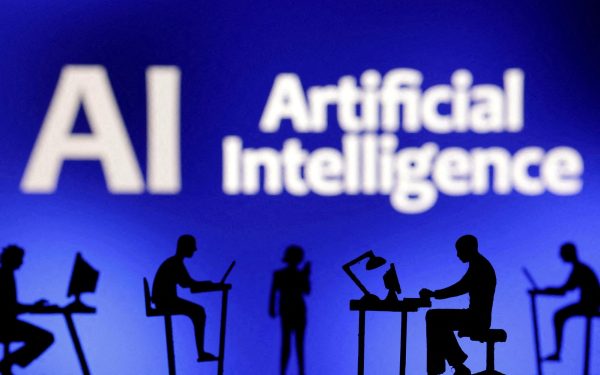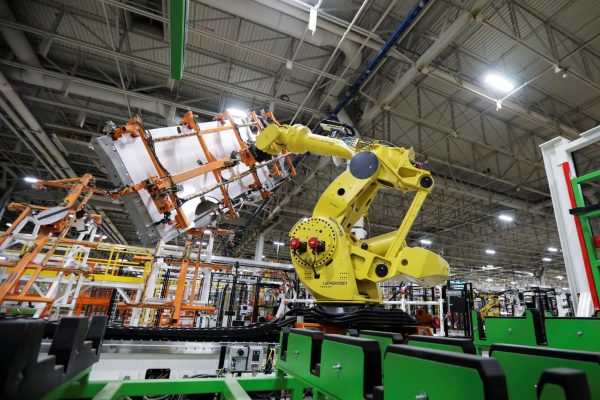Teacher burnout is a major problem facing the United States. According to a 2022 study by the National Education Association, “90% of members say feeling burned out is a serious problem (67% very serious).” This is causing major teacher shortages, with more than half of school districts reporting they are understaffed. Teacher burnout could be solved by AI helping teachers grade papers and create lesson plans. This could relieve a lot of teacher stress.
One of AI’s most promising applications is its ability to personalize education. By tailoring lessons to fit each student’s needs, AI enables more effective, self-paced learning experiences.
Every student learns differently. Some grasp concepts quickly, while others need more time to digest information. AI algorithms analyze data from a student’s performance, like quiz results and completion times, to identify areas of strength and weakness. Based on this analysis, AI tools recommend personalized lesson plans or exercises.

For example, platforms like DreamBox and Smart Sparrow adjust lesson difficulty in real time. If a student struggles with a math problem, the software may offer additional resources or an alternate approach to explain the concept. This adaptability ensures no one gets left behind.
Would you believe me if I told you that these last three paragraphs had been written solely by AI? Artificial intelligence is the future of technology, but whether it takes all our jobs or turns out to be just another helpful tool, no one can deny its power.
One undeniable positive of AI in education is its ability to grade students’ work. Teachers could spend hours a day grading homework, papers and tests from hundreds of students. But with the power of AI, this process could be shortened to just a few minutes.
Another positive of AI grading is instant feedback which gives students the ability to almost immediately know their mistakes and correct them. This can foster students’ skills in many different subjects and make the learning process faster and more efficient.

Including AI in learning also provides controlled exposure to AI for students. With more and more jobs using AI, this early exposure is great for equipping the future workforce with the tools they need to be productive in an ever-digitizing world.
“The findings are striking: almost 40 percent of global employment is exposed to AI. Historically, automation and information technology have tended to affect routine tasks, but one of the things that sets AI apart is its ability to impact high-skilled jobs,” said Kristalina Georgieva, Managing Director of the International Monetary Fund.
Teachers can also use AI to plan lessons. According to the Center on Reinventing Public Education, only around 18% of teachers are using AI, but almost 23% of school districts are training teachers to use it. These numbers are expected to almost double in the next decade. With around 44% of teachers reporting being burnt out, using AI for lesson planning could help teachers around the nation.
The Advocate reached out to six Lincoln High teachers about their view on AI. Four of the six teachers said they would be open to trying AI in their classrooms.
Neither of the two world language teachers said they wanted more AI used in their classroom, saying it would take away from the learning process. According to Lincoln High Spanish Teacher Chelsea Nicholson, “it is so important to make mistakes while learning language and the use of AI can take that away.“
Bringing AI into education also holds other risks. For one, AI is only as good as the sources it gets its data from. If the system is biased or has incorrect information, then the students will be fed the incorrect or biased information. But this issue could be resolved by incorporating diverse perspectives and checking often for biases.
Using AI for education could also have the downside of reducing human interaction for students. The use of AI reduces interactions between teachers and peers which could harm students’ social skills and development, especially for younger children.
Evan Thornton-Kolbe is a geometry teacher at Lincoln High. “I know that Lincoln High and all other LPS schools value original and diverse thought,” said Thornton-Kolbe, “I am a bit worried about what we might lose if we embrace AI too hastily without understanding how it works and what knowledge and perspectives it doesn’t include.”